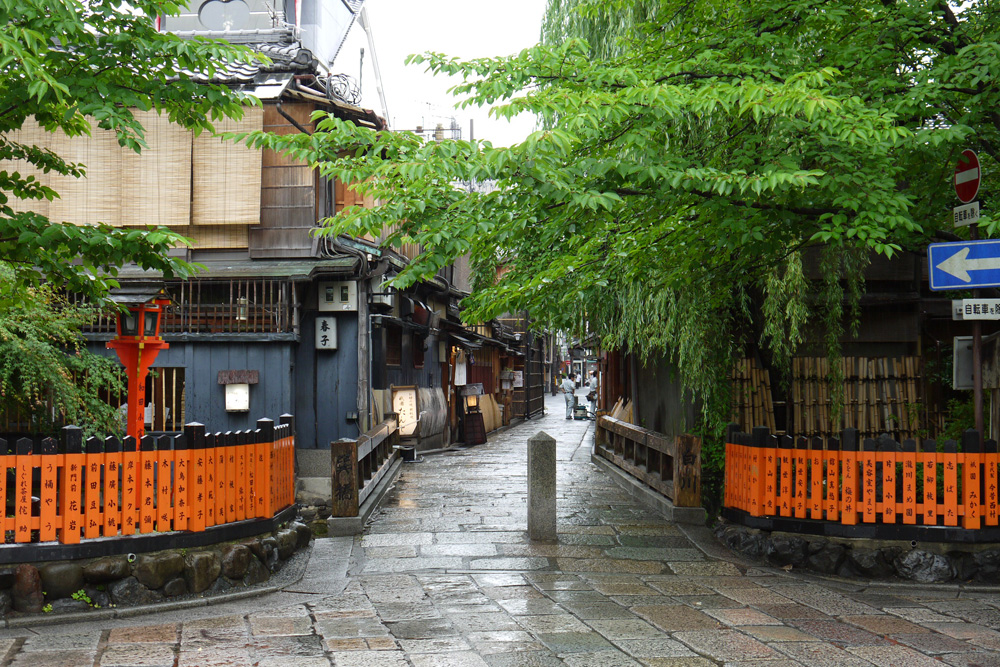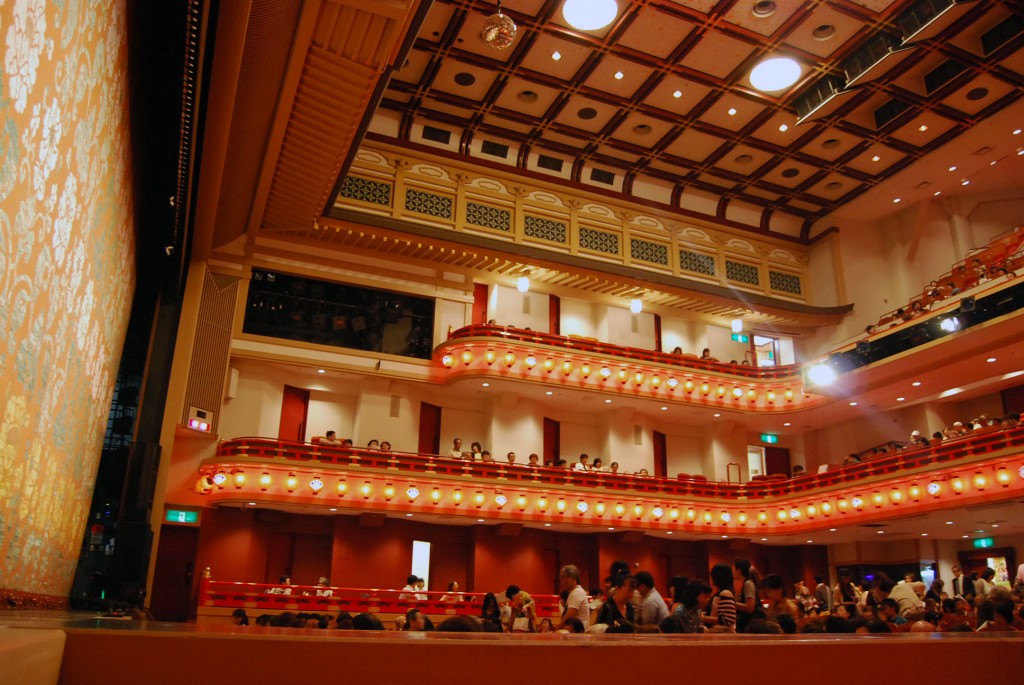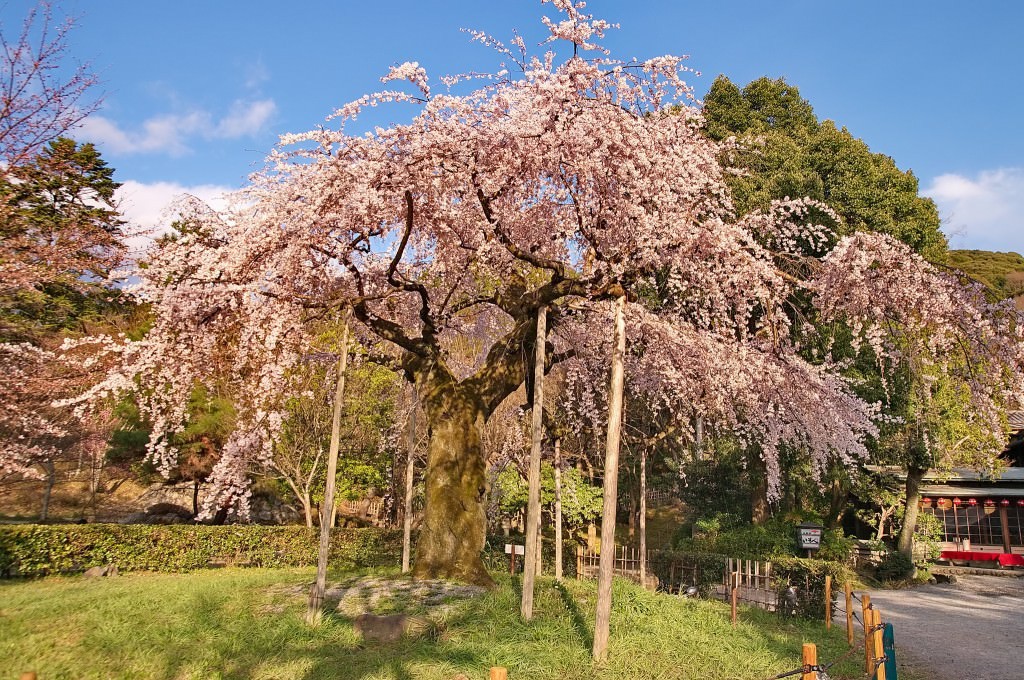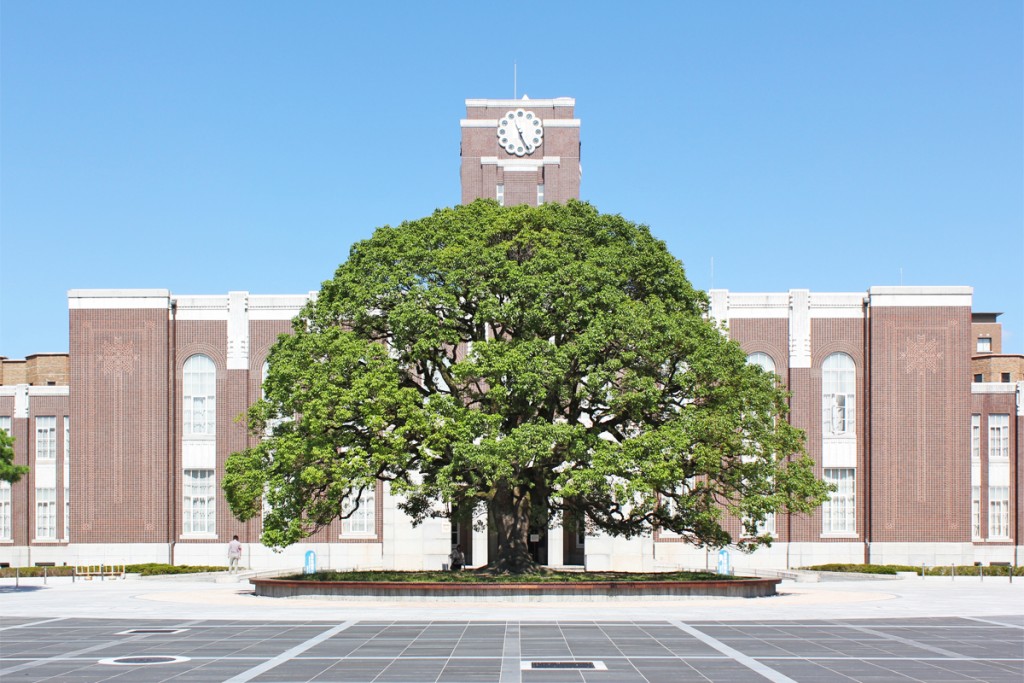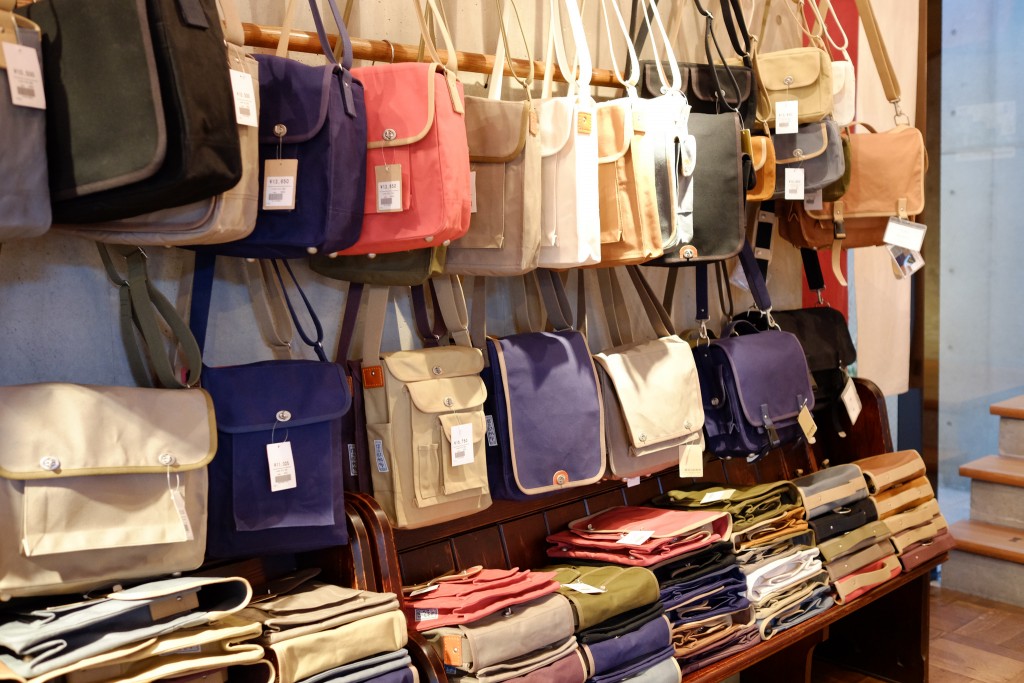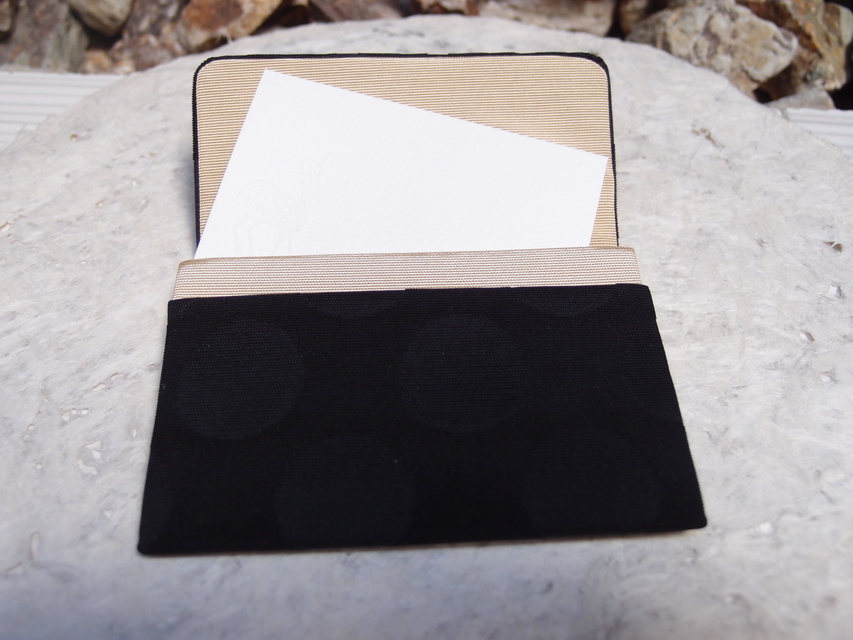
50 Things to Do in Kyoto
Aside from being a symbolic sightseeing spot, Kyoto has lots of other attractive points that inspire interest. This article consolidated the sightseeing spots and activities that are definitely worthy of recommendation by the inhabitants in Kyoto.
This post may contain affiliate links. If you buy through them, we may earn a commission at no additional cost to you.
21. Kifune Shrine [Sightseeing Spots]
This shrine is placed at the source of the Kamo River that runs through the center of Kyoto. The God protecting the water source is enshrined at this shrine. It's also famous for its God of marriage. Omikuji, paper fortunes, are drenched in water to forecast the future. Water fortunes are also popular. In the area, there are many restaurants and inns, so there are many travelers who repeatedly come to spend a while in Kifune.
Japanese homepage: http://kifunejinja.jp/
22. Kyukyodo's Incense Sticks [Shopping]
This shop has been in Kyoto for 900 years and sells fragrances, art supplies and goods made of washi paper. Also, there are a wide variety of picture postcards and envelopes. Lately, aromatherapy candles and oils have been very popular along women. There are also many products made in collaboration with famous Kyoto brands. How about buying something as a souvenir for yourself?
Japanese homepage: http://www.kyukyodo.co.jp/index.html
23. Gion Tatsumi Bridge [Sightseeing Spots]
Near the intersection between Shinbashi-dori and Shirakawa-minami-dori is a famous photo spot called "the most picturesque place in Gion." The red-lacquered pillars and stone pavings next to the clear stream of the river creates a very Kyoto-like scenery with many people wearing a kimono. Especially in the spring, when the cherry blossoms bloom, it is a popular place to enjoy Kyoto's beauty.
24. Demachi Futaba's Mame-mochi [Food & Drink]
This Japanese confectionery shop, Futaba, in the northern part of Kyoto, has been featured on TV multiple times. This sweet is made of soft, stretchy mochi (rice cakes) kneaded with bean paste made of red peas. On weekends, be prepared to wait 20-30 minutes before being able to enter the shop. In the same shopping arcade, Demachi, there are various other traditional shops lined up, so it's worth taking a stroll there.
25. District of preserved traditional buildings in Gion Shinbashi [Sightseeing Spots]
The Gion-Shinbashi district was developed as a tea house area in the Edo period. It suddenly appears in the downtown area and the district has a nostalgic atmosphere. Every tea house has its tatami tea rooms on the second floor, and if you walk here during the night you'll be able to hear singing and the sounds of shamisen. If you're lucky, you might encounter a maiko or a geiko (young geisha).
26. Issen Yoshoku [Food & Drink]
Issen Yoshoku is a "one-coin" (meaning 500 yen) okonomiyaki served at a candy store for children in the Taisho period (1912-1926). This restaurant serves an arranged version of issen yoshoku, now so popular that people line up for it. It is loved by gentlemen who love Gion and women who work there. The restaurant is decorated with all sorts of humorous goods, so eating at the restaurant is recommended.
Japanese homepage: http://www.issen-yosyoku.co.jp/
27.Gion Koubu Kabu Renjyo [Arts]
Located near Kennin Temple, this is a hall where geiko (young geisha) and maiko (apprentice geisha) have practices and rehearsals. Every spring they hold a large performance called "Miyako-odori," a dance performance that has been going on for 140 years. The gorgeous and luxurious stage art, expressing the landscapes of Kyoto is one of the highlights.
English homepage: http://www.miyako-odori.jp/english/index.html
28. Kyoto Shijo Minami-za [Arts]
Minami-za is a theater that has been open since the Edo period (1603-1868), and the building retains the facade as it was. The building is actually registered as one of the country's tangible cultural properties. They hold a wide variety of events, from kabuki performances to concerts, so if there's anything on their schedule that you'd like to attend, you should make sure to get tickets beforehand.
Japanese homepage: http://www.shochiku.co.jp/play/minamiza/
29. Maruyama Park [Sightseeing Spots]
Photo by Kyoto-Picture on Flickr
Maruyama Park is the oldest park in Kyoto, and spans 87,000 square meters and holds around 680 cherry blossom trees. In the center of the park is a huge weeping cherry blossom tree, so every year the park is crowded with people going for cherry blossom viewing. Many events such as college freshmen welcome parties are held there, so one of its charms is being able to experience Japan's party culture if you happen upon one of these events.
English homepage: http://kyoto.travel/en/thingstodo/entertainment/110
30. Minokichi Honten Takeshigero [Food & Drink]
Minokichi is a restaurant that is considered one part of the cornerstone of Kyoto's traditional food culture. It flourished in the Edo period as a restaurant specializing in freshwater fish cuisine, and was reborn into a residence prominent figure in Sukiya style, tea-ceremony arbor style. They added the name "Takeshigero" with the meaning "we will continue to thrive like luxurious bamboo," and the sight of the bamboo surrounding the building is a highlight. It's often used as the venue for engagement parties, receptions, and other formal events.
Japanese homepage: http://www.takeshigero.com/
31. Shokoku-ji Temple [Sightseeing Spots]
This is the head temple of the Japanese zen, Shokoku-ji sect temples. Since it's in a quiet residential area away from the downtown, you can take your time to visit. It's especially famous for the "crying dragon" that is on the ceiling of the temple's lecture hall. It is said that if you clap your hands directly below it, the echo sounds like the crying of a dragon.
Japanese homepage: http://www.shokoku-ji.jp/
32. Kyoto University Clock Tower [Sightseeing Spots]
Kyoto University is a prestigious university in Japan. It's been a setting in manga and movies a lot lately, so the look of the campus itself has gained popularity as well. Among the popular spots is the clock tower, which was erected as the symbol of the university in 1925. In front of it is an ancient camphor tree, and most of the time there are college students freely spending their time around it. If you visit during the university festival held in November, you might find something interesting.
Japanese homepage: http://www.kyoto-u.ac.jp/ja/clocktower
33. Bozu Bar [Food & Drink]
This bar opened in 2010, near the site of the Honno-ji Incident. The highlight of this bar is that the bartender is actually a chief priest with a quiet, gentle personality, and every day he gives a sermon at this bar. Many people go to speak with him about their problems. He'll also talk to you about Kyoto's traditions and Japanese culture. You can spend a luxurious time drinking the night away.
Japanese homepage: http://bozu-bar.jp/
34. Ryozen Museum of History [Arts]
The Ryozen Museum of History is located in the Higashiyama area of Kyoto. A great number of materials about the end of the Tokugawa shogunate is on exhibition. You can experience a lot about beloved historical figures like Ryoma Sakamoto and the Shinsengumi. The area where you can see videos of the Bakumatsu in 3D is particularly popular. There are also places where you can see life-sized panels as well as touch their real battle weapons, so it's recommended as a family outing.
Japanese homepage: ryozen-museum.or.jp
35. Tetsugaku no Michi ("Philosopher's Walk") [Sightseeing Spots]
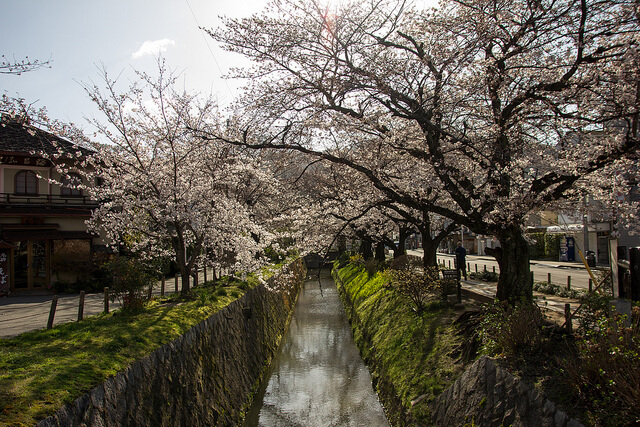
Photo by Christian Kaden on Flickr
This is a walk that's about 2 km along a canal south of Ginkaku-ji. It was given this name because the philosopher Kitarou Nishida often strolled this path. In the spring it becomes a cherry blossom tunnel, in the summer it's full of fireflies, so it's full of seasonal enjoyments. The areas around it is dotted with cafes, so you can enjoy the scenery as well as a cup of coffee.
English homepage: http://kyoto.travel/en/thingstodo/entertainment/111
36.Mangetsu's Ajari-mochi [Food & Drink]
This is a very popular traditional confectionery shop. They have a motto "one type of red bean paste can only be used to make one kind of pastry". This mochi is made in the shape of the conical hats which the monks studying at Mt. Hiei wear. Its taste has not changed since the Taisho era (1912-1926), so it's beloved by both locals and tourists alike. You'll get addicted to the soft, sticky texture.
Japanese homepage: http://www.ajyarimochi.com/
37. Ichizawa Shinzaburo Hanpu [Shopping]
These are original canvas products that you can only buy at this store in the Higashiyama area of Kyoto. The bags sold here made by skilled craftsman, are extremely durable. They're also popular due to their cute designs, such as floral patterns or polka dots. Their standard items are bags that were originally designed for particular purposes, such as milk delivery or as liquor sacks.
English homepage: http://www.ichizawa.co.jp/en/
38. Nene no Michi Ten-Qoo-Ann's Business Card Fragrance [Shopping]
Nene no Michi is a popular spot on an alleyway reminiscent of Kyoto. Ten-Qoo-Ann is a store that is almost hidden on the roadside there. They sell delicate, brilliant accessories such as faceted glass or tonbo glass beads. The recommended item is a scent for your business card case. Try out items that will make even your business hours Kyoto-like.
Japanese homepage: http://ten-qoo-ann.jp/
39. Kyoto's 3 Big Festivals (Aoi Matsuri/ Gion Matsuri/ Jidai Matsuri) [Events]
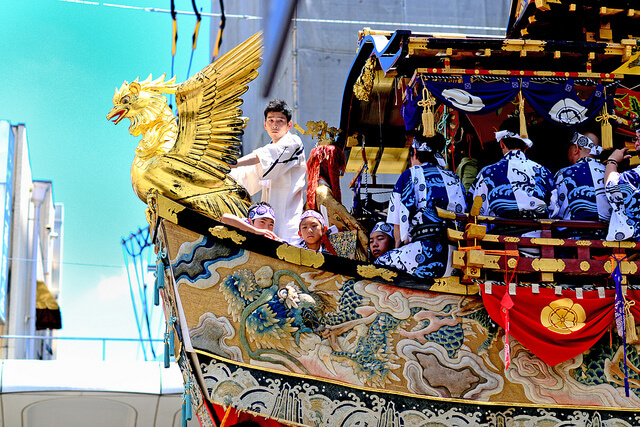
Photo by Hansel and Regrettal on Flickr
These festivals have been beloved throughout time and in Kyoto and they are held three times a year. May 15th is the Aoi Matsuri, the Gion Matsuri is held throughout July, and October 22nd is the Jidai Matsuri. In either of the festivals, there are parades of people wearing beautiful costumes and ornaments as though they were right out of a picture scroll. There are many people who visit Kyoto specifically at the time of the festivals.
Japanese homepage: http://www.kyoto-okoshiyasu.com/see/3matsuri/
40. Ramen from Ichijoji - Takayasu [Food & Drink]
Because of the large number of students in Kyoto, it's a town that has an active ramen culture. Among them is Takayasu, a restaurant that has a large following due to its thick soup. It often has a very long queue. One of their side dishes, karaage chicken, is very popular because of its crunchiness. Why not try this side of Japanese culture next to students and businessmen?
Japanese homepage: http://takayasuramen.com/
Next: No.41-50 Further exciting spots and activities in Kyoto
The information in this article is accurate at the time of publication.


